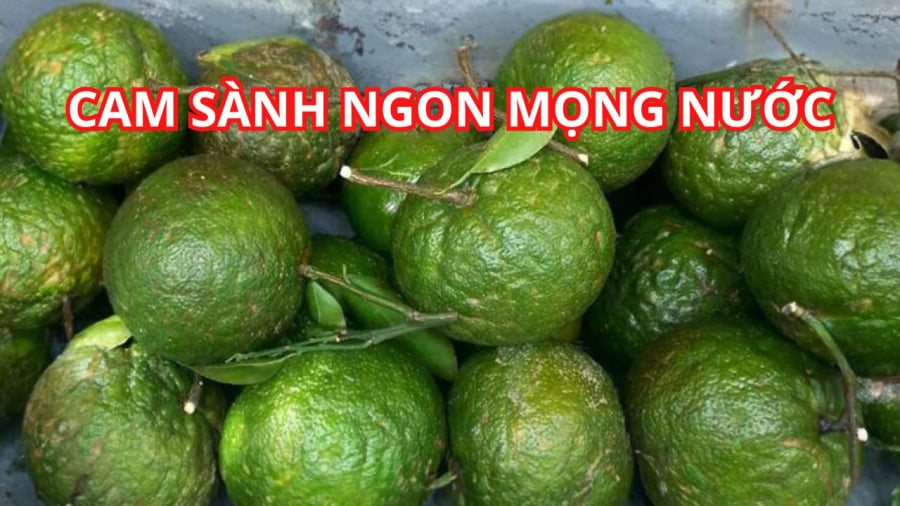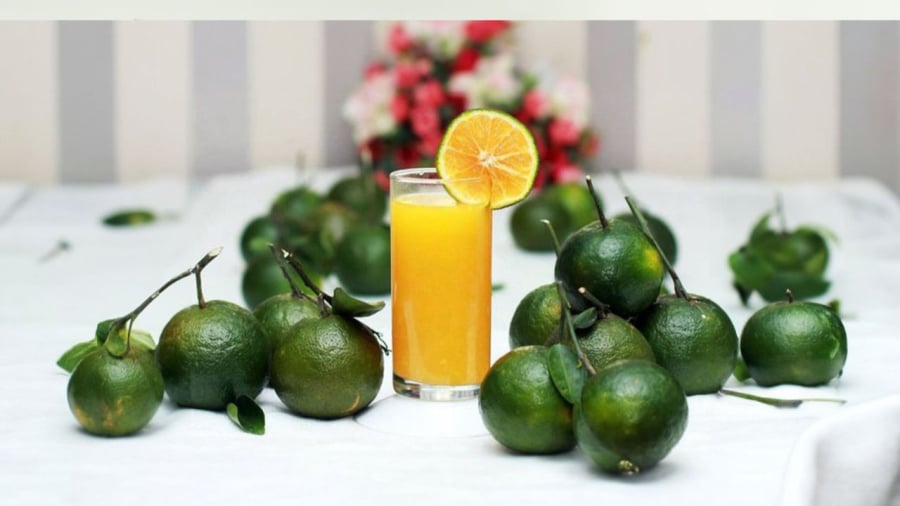The Pomelo, a unique citrus fruit, is renowned for its nutritional value. Often purchased when visiting the sick, its juice is commonly used to nurture young children, the elderly, and adults alike, boosting their immune systems.
One of the most distinctive features of the Pomelo is its green, slightly bumpy skin, which tends to turn yellowish as it ripens. However, it is typically consumed while still green. The fruit has a flat shape and a natural sweet-sour taste, neither too sweet nor too tart. Its flesh is a vibrant orange, juicy, and packed with seeds. The Pomelo’s thick skin, ranging from 3 to 5mm, is what sets it apart from other citrus fruits.
Selecting a juicy and delicious Pomelo:
Inspect the skin texture: A ripe and juicy Pomelo will have a thin, bumpy skin. If the skin feels thick and puffy, it indicates that the fruit is old and has lost moisture, resulting in dry segments. The ideal Pomelo will have a mix of yellow and green hues, as a completely green or yellow fruit might not be at its best. The skin should be slightly bumpy, but not excessively so. Look for a thick and slightly raised stem, as this indicates a sweeter fruit. Additionally, check the bottom of the fruit; a naturally ripened Pomelo will have a pale yellow underside, while an evenly yellow fruit might have been artificially ripened. Overall, a fresh and delicious Pomelo will have bright, non-blemished skin without excessive bumpiness.

A juicy Pomelo has a bumpy skin but is not overly thick.
Gauge its weight: When selecting a Pomelo, choose one that feels heavy for its size, as this indicates a higher juice content. If a large fruit feels light or has a hollow sound when tapped, it is likely dry and past its prime. A ripe Pomelo should feel slightly soft when gently squeezed, indicating juiciness. Avoid extremely large or small fruits. Very large Pomelos might be dry and hollow, while small ones could be unripe or infested, leading to early harvesting.
Shape matters: Look for a Pomelo that is evenly rounded, without any lopsidedness or deformities. Check the stem for freshness; it should have fresh leaves and a firm attachment to the fruit. You can gently shake the stem; if it holds firmly, the fruit is fresh. A loose or easily detachable stem indicates an older fruit.

When choosing a Pomelo, pay attention to the stem.
The Pomelo is a nutritious citrus fruit, abundant in vitamins, fiber, and minerals, beneficial for overall health. To extend the shelf life of Pomelos, wipe them dry and store them in a dry sand container, or dip the stems in lime after cutting them. Alternatively, wrap the fruit in plastic wrap before storing it in the refrigerator to keep it fresh and juicy for longer.
10 Common Mistakes to Avoid When Organizing Your Winter Wardrobe
“Are your beloved outfits losing their luster and becoming victims of wear and tear? It’s time to unravel the secrets of wardrobe organization! Most people overlook the importance of proper clothing arrangement, leading to their favorite pieces deteriorating faster than they should. But fear not, for I possess the ultimate writing prowess that will empower you to master the art of wardrobe maintenance and keep your cherished garments looking brand new.”
The Secret Ingredient to a Husband’s Admiration: A Wife’s Clever Rice Trick
The prolonged pandemic has instilled a sense of preparedness in all of us, especially when it comes to stocking up on non-perishable goods. And one staple that we absolutely cannot do without is rice. However, storing rice for extended periods without proper preservation methods can lead to an infestation of pests, which could potentially harm the health of your family.






































